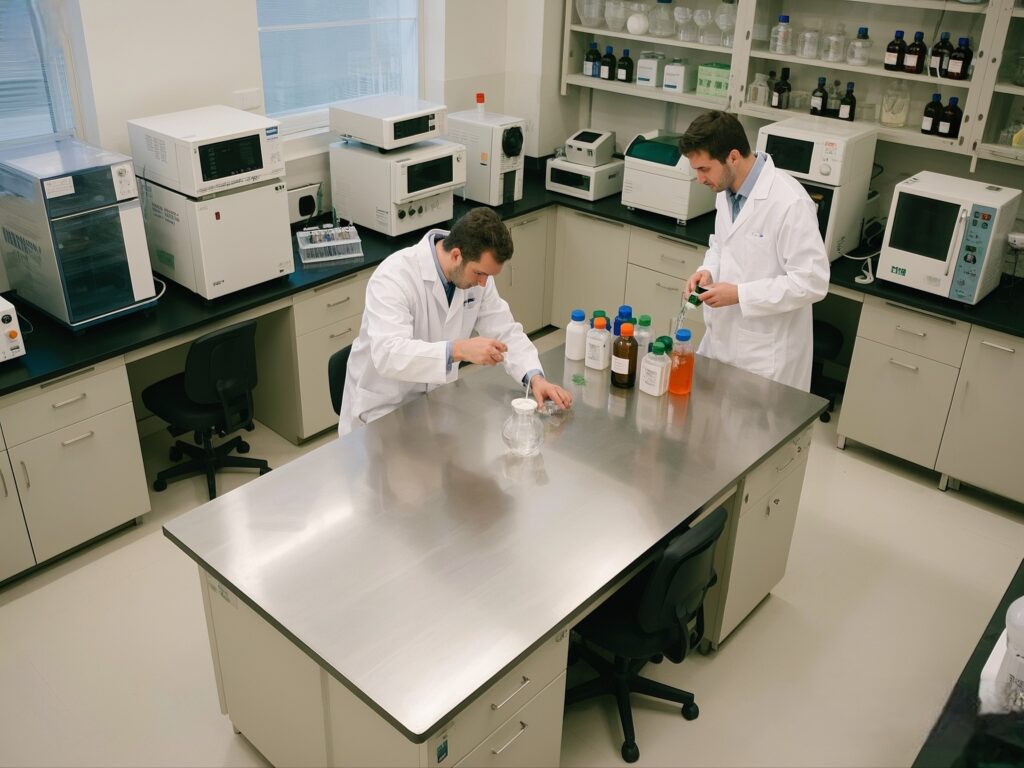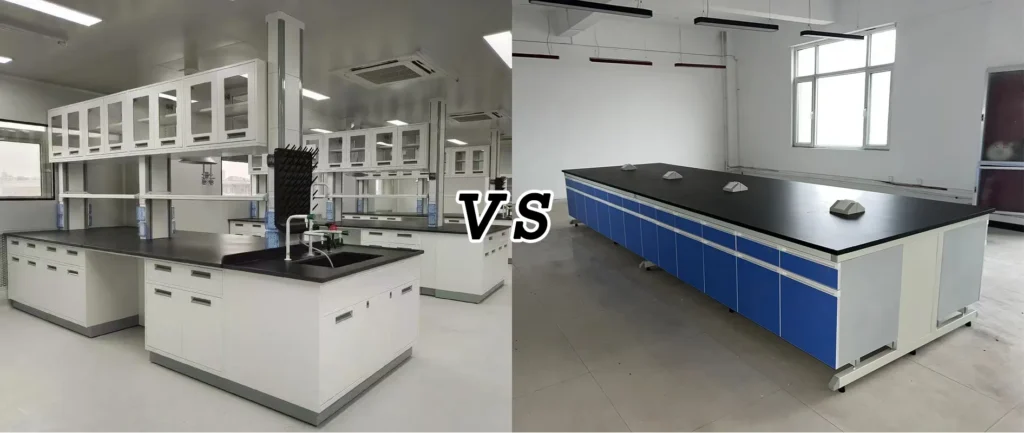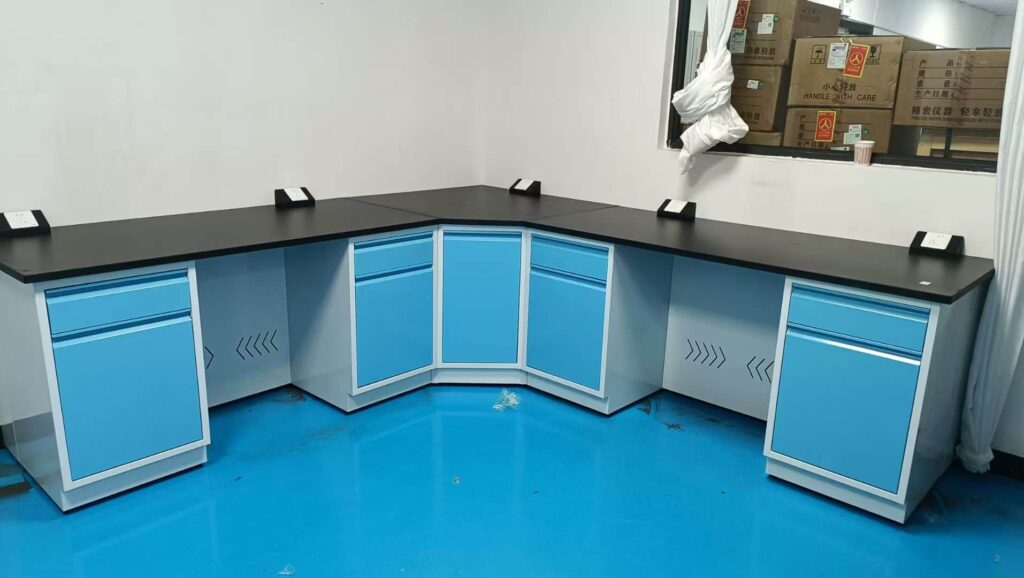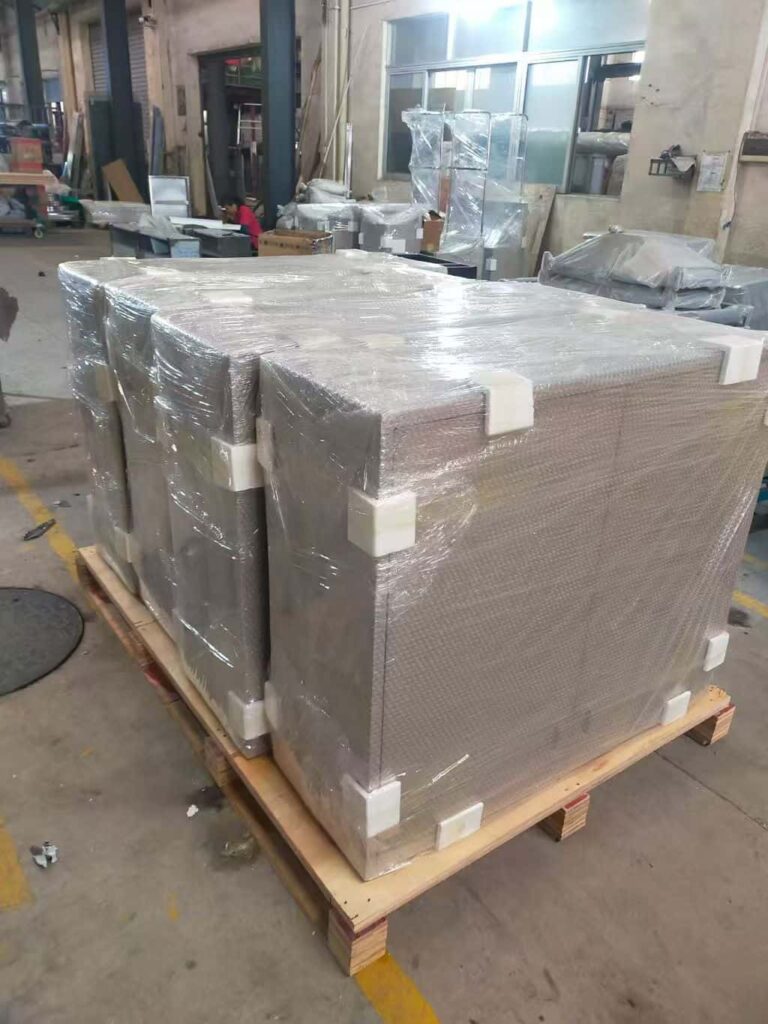Any experiment that may produce toxic or hazardous gases that result in personal exposure, or flammable or explosive gases or vapors that result in accumulation, must be conducted in a fume hood. Fume hoods are indispensable safety facilities for our scientific research, analysis and testing experiments that involve or are prone to produce toxic and hazardous gases, vapors, dust or fumes. Fume hoods are the central defense for the safety of experimental personnel. What risks does it actually ward off for us?
I. Common pitfalls in the operation of fume hoods by laboratory personnel
Fume hoods contain poorly labeled reagents, mixed storage of acids and bases, messy water, electrical and gas connections, and unobstructed ports for reagents or prepared solutions, etc. There are safety hazards.

- There may be too many items or experimental equipment stored in the fume hood, hindering airflow and affecting the ventilation effect. The operation window may be opened too large.
- The fume hood should avoid placing too many items, equipment, so as not to interfere with the normal flow of air; fume hood items from the adjustable door inside the measurement of 15cm or so, so as not to fall, the instrument at least elevated to 5cm.
- There is a danger of falling reagents on the lab bench, poor labeling of reagents, mixing of acids and bases, and a lot of flammables.
- The front block lifting and pulling out of control (lifting up and pulling down or lifting up).
- Circuit safety, cumbersome wires, high risk factor when the experimenter operates.
II. Hazards to laboratory personnel
In the laboratory, gas toxic and hazardous gas pollutants into the human body pathway: respiratory tract, digestive tract, skin absorption, and inhalation is the easiest and most dangerous direct invasive pathway, mainly because of its rapid diffusion speed, 90% of industrial poisoning to inhalation as the main pathway.

🧪1. Chemical hazards: the nemesis of toxic gases and corrosion
- Toxic Gases and Vapor Protection: Chlorine gas, ammonia, organic solvent vapors and other highly toxic substances produced by the experiment are highly susceptible to inhalation or irritation of mucous membranes. Fume hoods Powerful suction, instantly discharging them outside.
- Corrosive substances control: Strong acids (such as sulfuric acid, hydrochloric acid), strong alkalis (such as sodium hydroxide) volatile corrosive mist is very harmful. Fume hoods effectively control their proliferation and protect the skin and respiratory system.
- Flammable and explosive vapor removal: Solvent vapors such as ethanol, ether, etc. are very likely to explode when exposed to open flames or electric sparks. Fume hoods remove these vapors in a timely manner, significantly reducing the risk of ignition and explosion.
🦠 2. Biohazards: barriers to microbial aerosols
- Pathogenic microorganism isolation: Infectious aerosols may be generated when pathogens such as bacteria and viruses are manipulated. Fume hoods (especially biosafety cabinet types) form a directional airflow barrier to prevent microorganisms from escaping to infect personnel.
- Allergen Control: When handling certain biological materials or cultures, allergenic dust or aerosols are generated that are effectively captured and expelled from the Fume Hood, protecting sensitive populations.
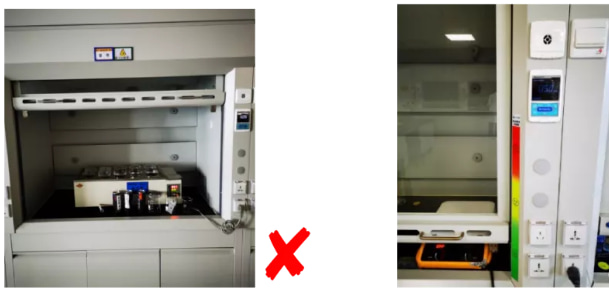
💥 3. Physical Hazards: The End of Dust and Splash
- Hazardous Dust Control: Grinding and weighing powdered chemicals (e.g., certain metal powders, silica powders) creates respirable dust. Intake airflow from fume hoods stops dust from escaping into the laboratory air.
- Reaction Splash Protection: Intense chemical reactions (e.g., mixing of strong acids, boiling spills) can produce splashes. Transparent baffles (windows) in fume hoods provide a critical physical barrier to protect the face and body.
🔥 4. Fire and Explosion Risk: The First Line of Defense
- Rapid removal of leaking vapors: In the event of a chemical spill, the flammable or toxic vapors that evaporate can be quickly extracted by the fume hoods. This greatly reduces the possibility of a fire, explosion or poisoning caused by a build-up of vapors.
- Potential Ignition Source Isolation: Safe use of alcohol lamps, electric stoves, and other equipment in the Fume Hoods. Even small sparks or flames are confined to a controlled space.
⚠ 5. Environmental Hazards: the guardian of indoor air quality!
- Odor Elimination: Many chemicals have strong, unpleasant and even disgusting odors. Fume hoods efficiently eliminate odors and improve the comfort of the work environment.
- Temperature and Humidity Regulation Aid: Certain experiments release large amounts of heat or water vapor. Fume hoods help maintain the proper temperature and humidity environment in the lab by removing heat exhaust or moisture.
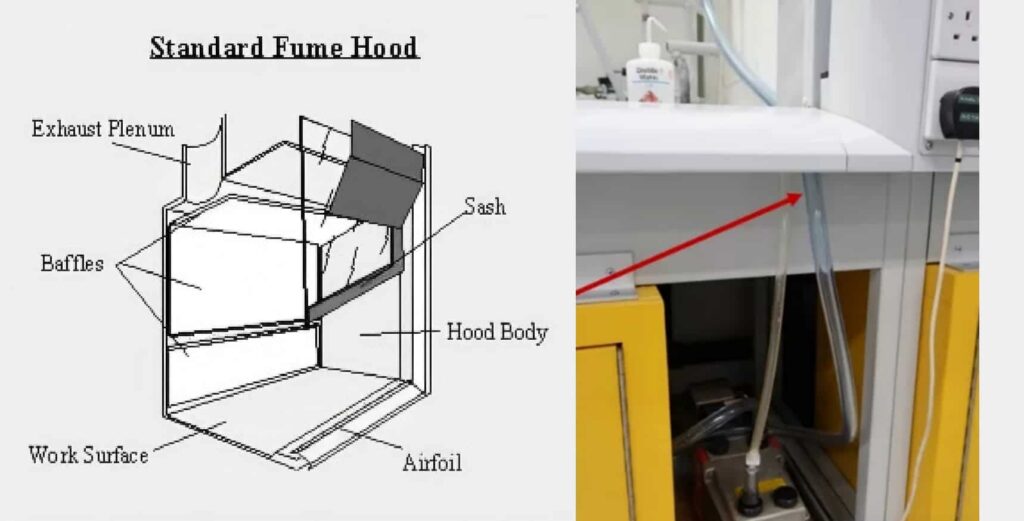
III. Selection and use: the key to safety and security
Not all fume hoods are created equal. It is essential to choose the right type (e.g. general purpose, high performance, biological safety cabinets, radiological fume hoods) and the right level of protection according to the type of hazard being handled (chemical, biological, radiological, etc.).
Correct use is also essential:
- Keep windows at a safe height: Lower windows as far as possible to the marking line during operation to create an effective airflow barrier.
- Place items appropriately: Do not block rear exhaust vents on large equipment, and perform chemical operations as deep inside the fume hood as possible.
- Periodic Inspection and Maintenance: Ensure that the surface air velocity is up to standard (usually 0.3-0.5 m/s), filters are replaced in a timely manner, and the airflow pattern is normal.
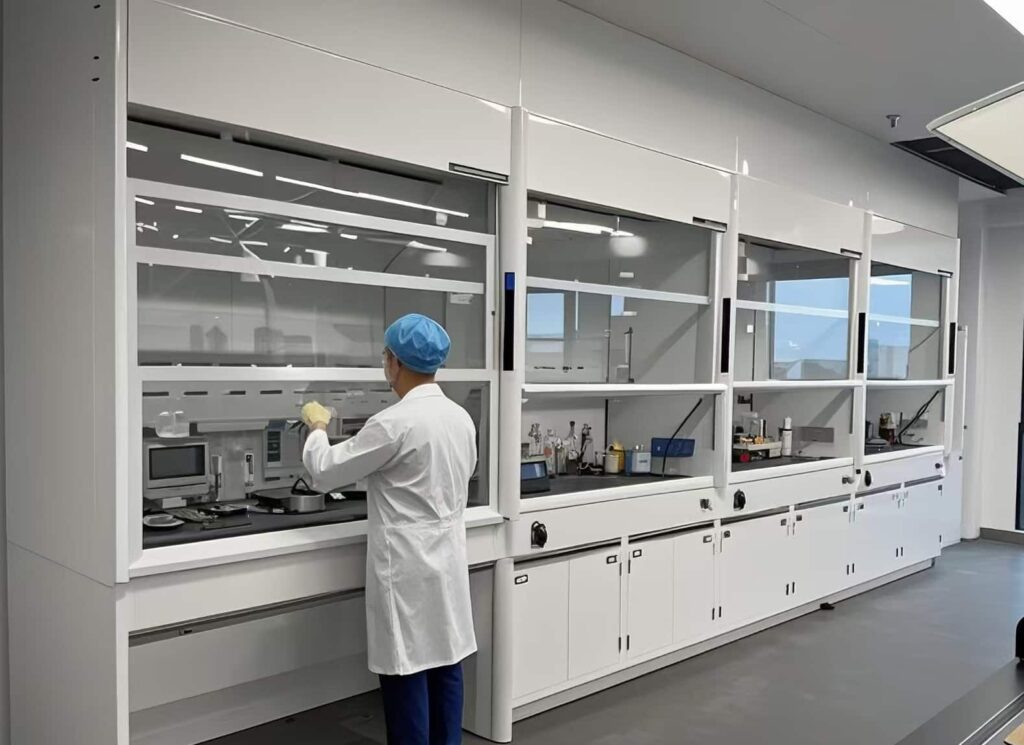
✅ Conclusion
The Fume hood is an indispensable safety guard for the laboratory. It protects against chemical toxicity, biological threats, physical damage and fire and explosion risks, and guards indoor air quality. A deep understanding of the scope of its protection, the correct selection and standardized operation, in order to maximize the value of its life-preserving body protection, to create a truly safe scientific research environment for experimental personnel.

